A Killer's Hold on a City in 'Boston Strangler'
"Boston Strangler" pulls the curtain back on a well-documented historical moment involving significant contributions from women reporters.
Incluvie Foundation Gala - Learn More
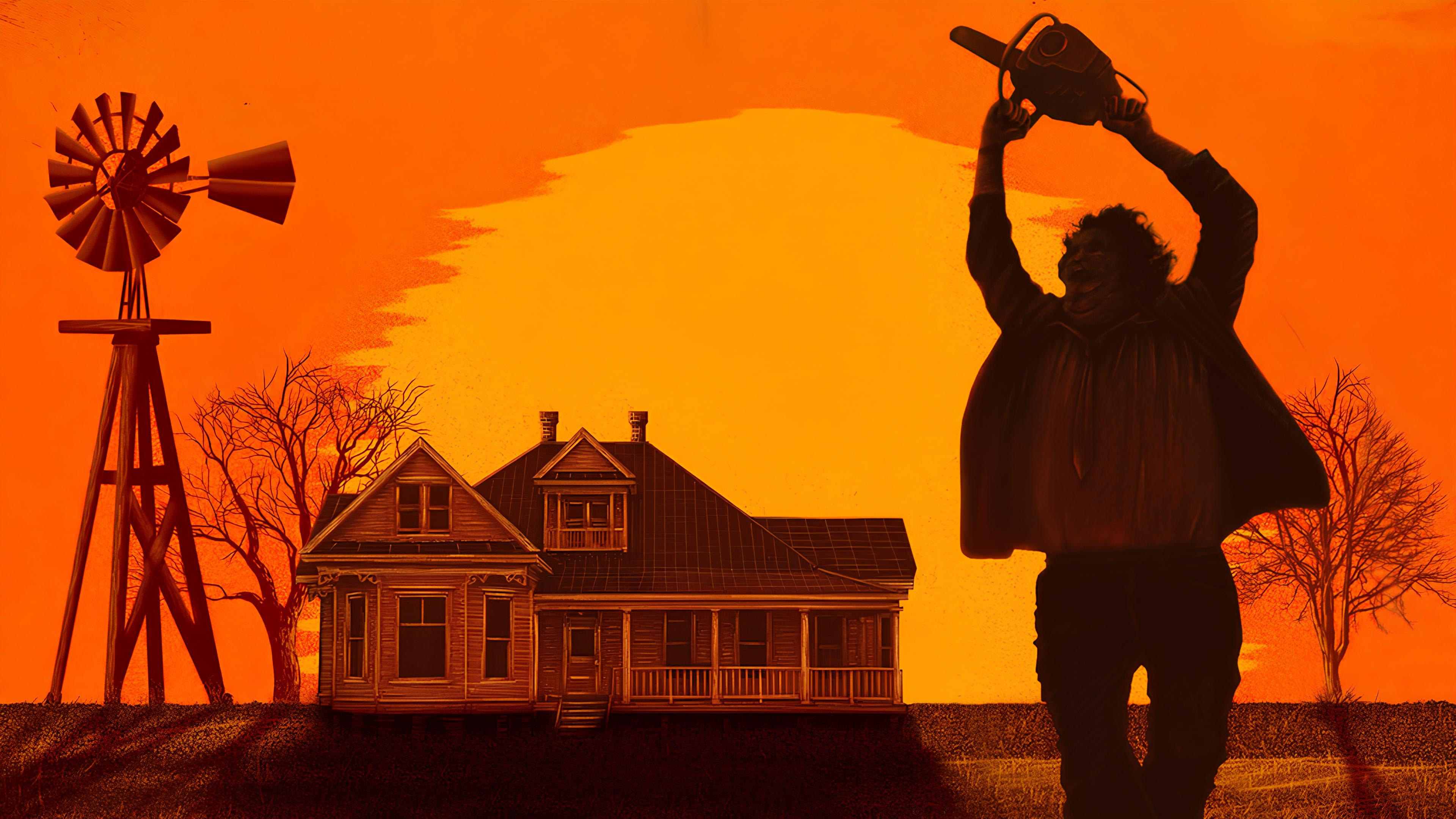

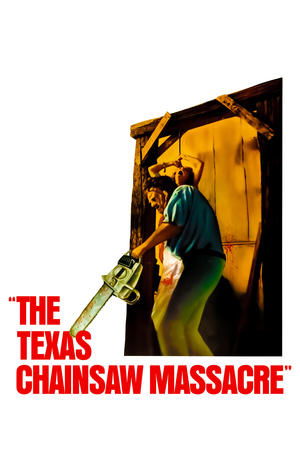


Growing old is an insecurity of most people. Many of us go through life worrying how we’ll endure the physical, emotional and other impacts of old age. One of the most common consequences is unfortunately the butt of many insensitive jokes in popular culture and that is the general lack of physical intimacy or passion that can be seen in the lives of older couples. It’s not a pleasurable experience, and X’s sensitivity to the truth is one of the primary reasons it stands out to me. One of the main plot devices is an old couple’s inability to rekindle the flame of romance in their relationship. And it’s handled with care, spending time on developing a contrast between their lives and the liveliness and sensuality of the youth who hire a house on their property. There are tender moments of the old woman fondly reminiscing and longingly trying to revive the youthful exuberance that’s fallen prey to the decay of time.
Now for some context. Ti West’s X follows a group of youngsters in ‘70’s Texas, who are trying to succeed in the indie pornography industry. They go to a somewhat shady barnhouse to shoot an edgy film which has heart and story along with the pornography. The barnhouse they rent is the property of the old couple who live nearby in the same property. The man categorically requests them to stay away from the house because his wife isn’t well, and he’d appreciate it if she could be left to herself despite them having people on the property. We get a glimpse of her early on, and she’s hinted to have a shady presence. The rest of the first half is more or less focused on the shenanigans of the group as they try to create tasteful porn with the enthusiastic director harping on how this film will redefine the reputation of pornography in America. The old woman happens to fancy a young girl who wanders around, speaks to her, brings her home, tells her about her love life before the war, and then even wanders out to see what the young people are doing in the barnhouse. And then the second half begins.
I’ll let you discover what happens in the second half. Believe me, you’ll not see it coming, and the tone will completely change. It’s like two different films but beautifully conjoined to make a complete emotional narrative about the loss of youth. The best aspect about the narrative is the choice of contrasting the aged people’s lives with pornographers’. The shooting of a porn film is the perfect context to flaunt sexuality and youthful exuberance. And since it was an Indie venture, there was no studio involved, and the space for experimentation, ample. In fact a good amount of time is spent in showing the audience the scenes while they were being shot. With corny dialogue, minimal wardrobe and moody lighting, it takes you right back to the time of vintage porn and there’s something inherently romantic about the affair, a certain tenderness that lives in perfect harmony with the raw and passionate nature of the sex.
It’s because of that tenderness that you can feel the turmoil in the old woman when she catches a glimpse of them or stares longingly at the rising female pornstar. She can see her past in there, but it’s a melancholic reminiscence because it comes with the simultaneous reminder that she’ll never get it back. This is where the film’s editing is the most effective. There are direct visual parallels between the two. There are for example, scenes of both of them looking at the mirror with apprehension, the younger one giving herself a pep talk before she walks out for shooting the scene, and the older one staring at her reflection, looking for glimpses of the young girl in her. This beautifully sets up the idea that neither is effectively better off, and both are haunted by their own insecurities. However, it’s the aged person you feel for more, because the world is generally less sympathetic for them, shrugging their opinions off because they already lived their youth and shouldn’t be complaining anymore.
I’d say X’s strongest suit is its editing. It gives rise to a mesmerizing watch which you can’t take your eyes off, even during the goriest horrifying moments. The transitions seamlessly blend scenes in different locations to create an overarching suspense because the moment you feel like you can take a breath, the film cuts to a visually similar frame with another horrifying moment, and this barrage continues till about five minutes from the ending. And before the horror act starts, during the porn half of the film, the parallels are drawn to visually establish the contrast between old and young as discussed before. The innovation is primarily in the editing with the cinematography relatively straightforward except for a few drone shots and hand-held tracking shots. This keeps the viewer even more involved with the action. The editing isn’t jarring since it’s so heavy on parallels.
TW: Transphobia, Sexual Assualt, Violence, Misogyny // Spoilers for Sleepaway Camp ahead
We [meaning mainly the girls, the gays, and the theys] all love a good revenge film — Jennifer’s Body, Ms. 45, Carrie, and the new addition to the canon: Promising Young Woman. All the films feature a woman who enacts her own version of justice against those who are not being punished for a heinous crime — normally upholders of oppression like sexual assaulters. Though violent, sometimes exploitative, and not usually having a happy ending for the femme protagonists, at the center of these stories are questions about how justice truly functions in our society. As we’ve seen post #metoo, industries have slowed in making progress and even the so-called damaging “cancel culture” has not removed most abusers from their platforms. In this subgenre, fantasy and catharsis intertwine as one where we can escape to an alternate reality where the oppressed play karma in making those who killed our soul suffer in response. Though it does not fix the structural roots and usually punishes the women in the finale, the everlasting images are an escapist fantasy where related audience can feel sublime satisfaction that only comes with pure vengeance. That’s why we [see previous] love them.
For anyone who is not a cis white woman, a justice-fueled murderous rampage is not framed as liberation. Instead, they contribute to harsh stereotypes that vilify minority women with dangerous consequences. Particularly, trans women have been coded as serial killers for decades — especially since, possibly the most famous horror film ever, Psycho. The trope has expanded since then where explicitly or implicitly coded trans serial killers have made up some of the most well-known villains in horror and cinema history: including Leatherface, Bobbi, and, worst of all, Buffalo Bill. The most explicit — and “coincidentally” the most egregious, in my opinion — is the 1983 B-movie Sleepaway Camp. The protagonist is revealed to be trans, forced into being a girl by the eccentric aunt she is sent to live with after a freak boating accident kills both her sister and father. She goes on a killing rampage murdering all the bullies who torment and do her wrong during her time there. When Carrie did this to her classmates, there was a certain sympathetic tone to her atrocities. There’s even a clear case of justification for her murderous escapade. She, however, has never been referred to as a serial killer in cinematic discourse but more as something closer to a misunderstood superhero. For trans women in media, their perception and representation are completely different with grave consequences. Historically, when they have been shown in mainstream media, there is an association of fear, intense violence against women, and an issue of severe psychological trauma on part of the trans character. Cis white women from Carrie to Cassie are given the guise of innocence and retaliation while trans women are stereotyped into monstrous creatures more often than not.

Five friends head out to rural Texas to visit the grave of a grandfather. On the way they stumble across what appears to be a deserted house, only to discover something sinister within. Something armed with a chainsaw.
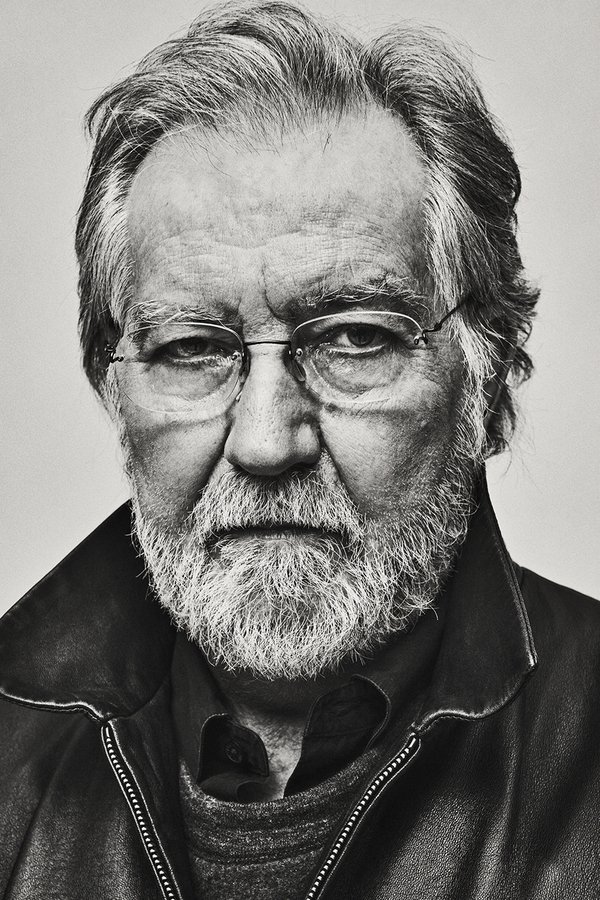
Tobe Hooper
Director

Tobe Hooper
Director

Marilyn Burns
Sally

Allen Danziger
Jerry
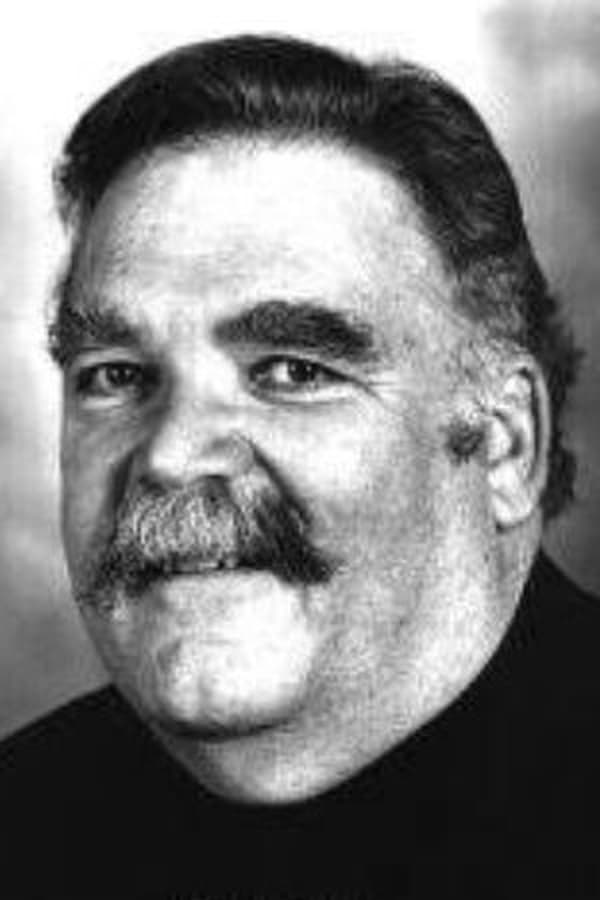
Paul A. Partain
Franklin

William Vail
Kirk

Teri McMinn
Pam

Edwin Neal
Hitchhiker

Jim Siedow
Old Man
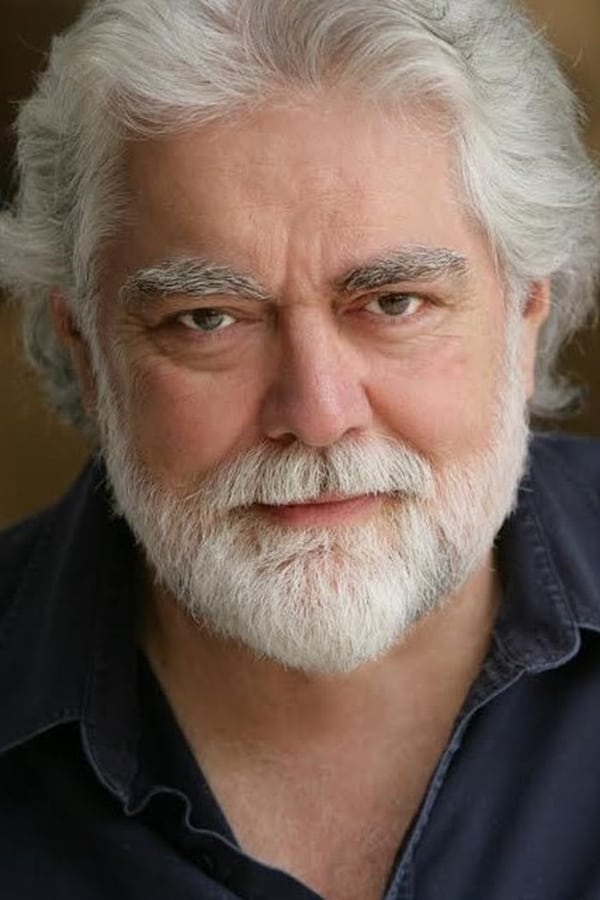
Gunnar Hansen
Leatherface

John Dugan
Grandfather

Robert Courtin
Window Washer

William Creamer
Bearded Man
"Boston Strangler" pulls the curtain back on a well-documented historical moment involving significant contributions from women reporters.
Mean Girls not only centers around what goes on in high school, but also shows viewers and fans the diversity among people, especially teenagers, within today's society.
This coming-of-age musical features a strong representation of LGBTQ+ individuals coming-of-age.



